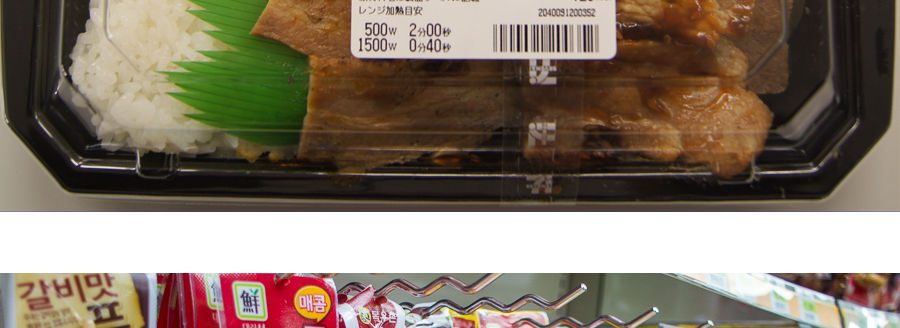What’s relevant today isn’t necessarily so tomorrow. Investing in the future pushes everybody forward.
That was the motivating think piece Mark McCully shared with cattlemen as part of the National Angus Convention’s opening session recently in Columbus, Ohio. As farmers and ranchers attended breakouts designed to make their own herds better, McCully’s point held its weight.
Anything that could make it above the Select line was once considered “on target” for satisfying consumer demand.
“It’s like the rare vacations my family would take as a kid,” the Certified Angus Beef brand vice president of supply recalled. “We’d be driving down the road and I’d try to talk my dad into staying at a motel that advertised ‘color TV.’”
Pointing out that such messages still exist along the roadside, he prodded, “I wonder how effective those signs are today.”
We expect more today, and that’s “a good problem to have,” McCully said, especially when a breed has the potential to deliver more. That momentum can make a superior brand better.
Cattlemen interested in maximizing profit and driving the industry forward must look ahead, he said. Having done so himself, he reported the future looks bright.
“There’s a reason beef trades at twice the retail price of pork and three times the price of chicken. Have you ever heard of anybody craving a chicken breast?
“Beef owns taste,” he said. That’s still the top driver of consumer satisfaction and protein buying behavior. It’s also the cornerstone for the CAB brand and why McCully’s team puts so much emphasis on the importance of marbling in genetic selection.
“We know marbling is absolutely key to eating satisfaction,” he said. At present, 18.5 percent of all fed cattle harvested in the United States earn CAB premiums; 17.7 percent are Select. In 2008 those numbers were 9.2 percent and 33 percent, respectively.
To the progressive cattlemen in the audience, he offered deserving praise.
“Guys, you have to take an awful lot of ownership and pride in these numbers, in the shift of this business, in this beef industry that’s listened to the consumer and aligned genetics to produce a higher grading product in the end.”
Continued advancement of genetic selection tools paves the way for cattle to marble and gain in tandem. They also encourage a long-range vision.
“We’re in the genetics business. When it comes to the decisions we make today, we need to be thinking about five to 10 years out,” McCully said. “What are the trends?” What could those trends be down the road?
Fielding a question that’s become common, he addressed the concern that such a high acceptance rate could saturate demand for premium beef.
“Absolutely not,” he said. “In a time when we have doubled the number of certified carcasses marketed through the brand, we’ve seen an increase in sales by more than 35 percent,” and even still, “we continue to see the Choice/CAB spread remain strong.”
There’s no better illustration of the demand for high-quality beef domestically and globally than that data, he said.
By not resting on laurels, cattlemen looking to further their herds’ genetic potential drive demand further as new retailers and restaurants gain access and confidence in the product.
Cattle still sell by the pound, no doubt, but premiums available to carcasses hitting all 10 of CAB’s strict carcass specifications trigger a higher rate of payment for those pounds, and keep customers coming back for more.
The reality is, “if you’re still thinking about your cattle that are 60 percent Choice and 25 percent CAB as really good cattle,” they’re below average today. “The bar’s been raised,” McCully said.
The market has adjusted and wants something more.
“We know, globally, there’s demand for our product,” McCully said. No matter the weather or uncertainty in commodity prices, “the ability to know how cattle are going to grade gives some stability to manage risk.
“There’s a lot of demand and a lot of support as we look to the future of high-quality beef.”



